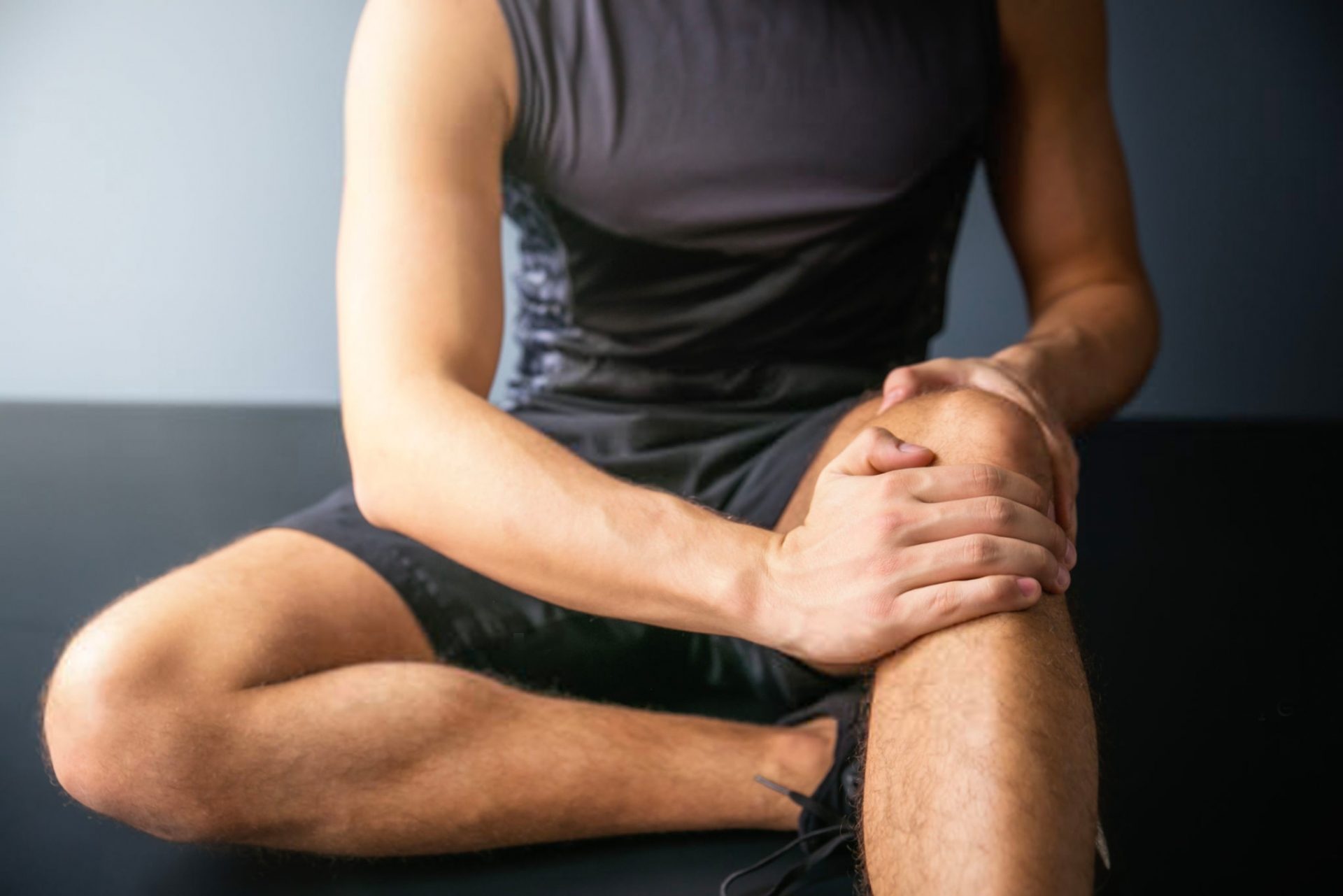Anatomy
At the medial (inner) aspect of the knee, the muscles sartorius, gracilis, and semitendinosus meet, and join onto the tibia.
The three tendons together resemble a goose’s foot, hence the Latin name pes (foot) anserinus.
Between these tendons and the bone, lies the pes anserine bursa.
A bursa is a fluid filled sack which serves to reduce friction at this point where the attachment of the muscles is moving over the bone.
Due to the close relationship of these structures, bursitis and tendinopathy of pes anserinus typically goes hand in hand.
Aetiology
Essentially what happens is that tightness of the sartorius, gracilis, and/or semitendinosus, causes irritation and inflammation of the tendon, which in turn rubs against the bursa, and causes thickening and inflammation of that structure too.
There are a number of factors which can predispose you to this condition such as;
- Activities/sports requiring repetitive knee flexion +/- constant changing of direction, e.g. running, soccer, dancing, basketball.
- Muscle imbalance around the knee, or abnormal lower limb biomechanics affecting knee flexion and extension.
- Inappropriate or worn out footwear
- Sudden increase in activity level, e.g. start of season, training for an event.
- Underlying pathology, or previous pathology, e.g. knee osteoarthritis, patella-femoral joint syndrome, Osgood Schlatter’s.
- Poor warm up, cool down, or stretching regime
Signs and symptoms
You may have one, or more of the following problems;
- Pain and swelling at the inner knee
- Pain at the inner knee region with bending and/or straightening the knee, this may also restrict your knee range of motion
- Weakness or giving way when trying to use the knee
- Pain or weakness at the inner knee when going up or down stairs
- Pain which is worse after stopping activity, or resting for a short time
These clinical signs and symptoms, along with specific questioning, and physical examination by your physiotherapist are enough to make a firm diagnosis.
In cases where there are co-existing problems and a clear diagnosis is less obvious, MRI or diagnostic ultrasound imaging can be used to confirm the presence of bursitis and/or tendinopathy.
Treatment and rehabilitation
First things first, let’s settle things down by reducing pain, swelling, and inflammation.
This will likely involve a brief rest from sport, or the aggravating activity if possible.
If your knee lacks the full range of motion, your physio will help you to work towards this with hands on work, and recommending stretching, and release work.
Rehabilitation and strengthening exercises should begin almost immediately, within a pain-free range.
Your physio will assess you to see which specific structures around the knee need strengthening, and if exercises to correct alignment are required as well.
There is no set recipe for rehabilitating this injury.
Some people will need VMO strengthening, balance and proprioceptive work, gluteal strengthening, or even correction of their foot position.
Some people will get better with just a stretching program, or a better pair of shoes, but it is important to work with your physio for an individualised rehab program as what worked for one person, may not necessarily work for another person, and if things are done incorrectly, could even make you worse!
Once you are ready to return to sport, you physio may have to liaise with your coach regarding training load, technique correction, and building up game time.
Almost all cases of pes anserinus bursitis or tendinitis recover fully with conservative treatment.
Sometimes with a stubborn or severe case, your physio may refer you to a sports physician for medical intervention.
They will decide whether a course of anti-inflammatory medication, or a cortico-steroid injection is required in conjunction with physiotherapy treatment.
It is important to note that jabs and pills will not replace rehab when it comes to injury management, because you need to address the reason why you developed the injury in the first place to reduce the likelihood of it recurring.
Prevention
With the majority of lower limb injuries, the principles of prevention are the same, no matter the type of problem.
- Do a proper warm up, and cool down
- Wear appropriate footwear – sport specific shoes, and replace regularly – just like car tyres! (see our other blog)
- Gradual increase in quantity and intensity of training, particularly after a lengthy period off training
- Correction of technique for fundamental, and advanced skills
- Addressing muscle imbalances – we offer screening for athletes to help identify problems before they occur.
If you suspect that you might have this injury, or something similar, book an appointment with one of our team members today.

